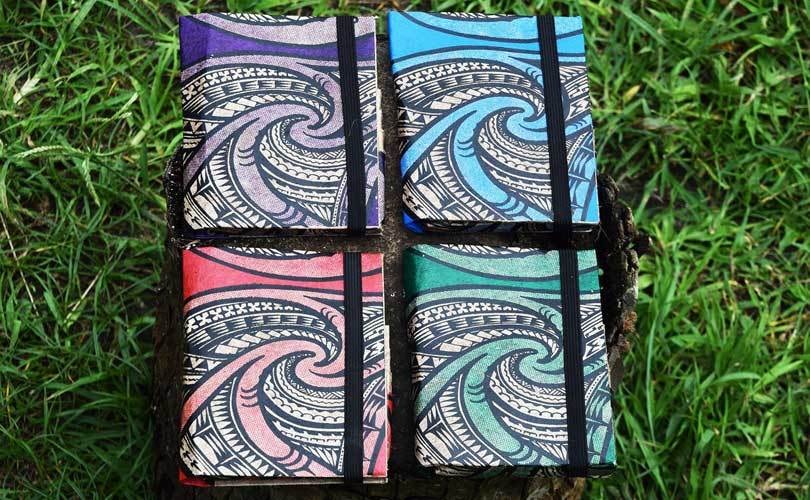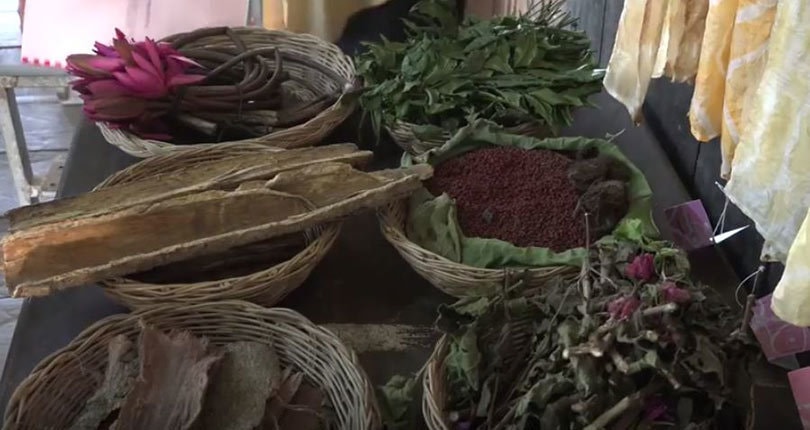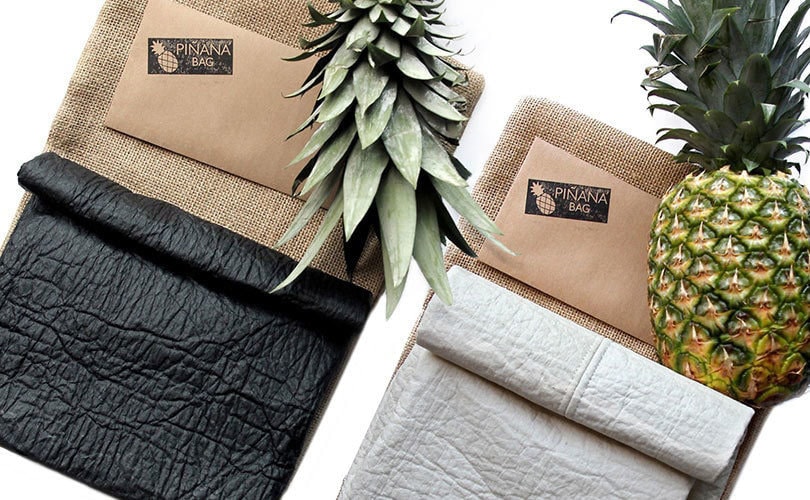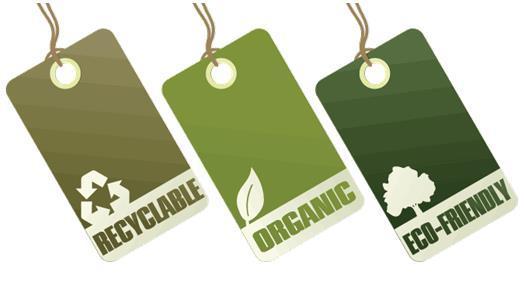While discussing sustainable projects in class we saw a brand called Ecoalf that is producing garments made from recycled materials like fishing nets and coffee grounds. One of my fellow classmates asked a very relevant question; Why are we recycling coffee grounds when they are biodegradable? This sparked an interest in my mind and I went and further looked up as to why indeed do they need to recycle coffee grounds.
Upon researching I found out that:there are companies that make coffee ground fiber and sell it to clothing brands. The process involves extracting oils from the used coffee grounds and then further grinding them to a nano scale. This powder is then mixed with nylon and polyester to make fiber, resulting fabric is odor-eliminating, fast-drying, provides protection from UV-rays and indeed has a cooling effect. These qualities lend this fabric suitable for sportswear and activewear.

But did you notice I used the words nylon and polyester? If you did you must have asked aren’t these synthetic and plastic based? They truly are! And further looking into this coffee fabric I found out that it is 5% coffee grounds and 95% polyester (even though it is recycled from PET bottles so that recycling element is there). Which brings us back to our original question: can we be truly sustainable? Because these fabrics are parading as sustainable but in fact they have as much plastic in them as 5 PET bottles. Granted you would use them more than once but they will still end up in the landfills.
I also found that coffee grounds can be recycled to make other items as well. Like furniture, inks and crockery among others. All this made me question that is this simply allowing the giant coffee brands to not only maintain their production but in fact to increase it in the guise of being eco friendly and green businesses?
Can recycling alone combat the waste issue? Because what is essentially being done through recycling or up cycling is an item is taken and converted into another by adding a few eco-friendly processes and elements. it is not necessarily eliminating the toxic nature of these products?
All this made me question: How is it possible that nature itself does not have sustainable solutions? I mean nature inherently is after all self sustaining. It was the interference by us humans that disrupted the centuries old cycles and started depleting the natural reserves.
This video highlights the material we had already known to be natural and sustainable, like linen, cotton, tencel etc.
I started also searched alternate for natural material that can be converted to fabric and is sustainable also.
And I found out these options.
- Hemp
- Flax
- Tencel
- Banana Fibres
- Lotus Fibres
- Stinging Nettles Fibres
- Pineapple
- Mushrooms
All these Fibres are naturally available and are used for many other purposes as well.
Hemp is the easiest to grow and replenish and is good for the soil also. But it is part of cannabis family so some countries have laws against growing it.

Banana Plant is very versatile. All its parts are used, fruit, flower and stem are used as food, leaves are used as shelter and home products. And its stem fibers can also be used to make sturdy fabric that can be used to make textile products.

Lotus Fibers: Fibers obtained from lotus’s stem can be woven on hand looms. Making it truly a slow fashion product.

Pineapples leaves create a non woven textile material which is very similar to leather and hence a great alternative to that.

Mushrooms are also used to produce leather like material.
Flax makes what we already know as linen and has been grown since time immemorial, Its existence was recorded in ancient Egypt.
Tencel is wood based, where wood chips are softened and then converted to fiber. It has some synthetic element but it is replenishable and eco-friendly.
Looking at all this I have realized that firstly nature is self sustaining, and will continue to be so if we use it the way it was meant to be used. Secondly recycling alone will not solve our problems we need to start reducing as well. Start consuming less. The underlying cause of nature’s depletion is the greed of big businesses. Capitalism basically is the anti thesis of nature. Where it forces human to want more and buy more and use more, which consequently generates more money for the owners of these businesses.
We as individuals need to take a conscious step towards sustainability, and start consuming only what we need and not what we want. Then may be just maybe we can start seeing the results.
Photo credits: Pinatex, Green Banana Paper, Natrij, Frank Vincent all via United fashion.

